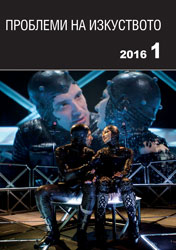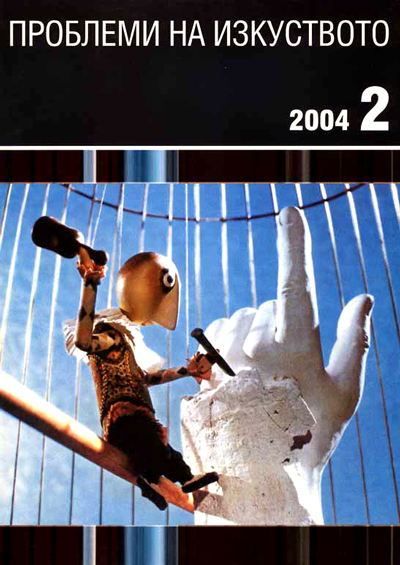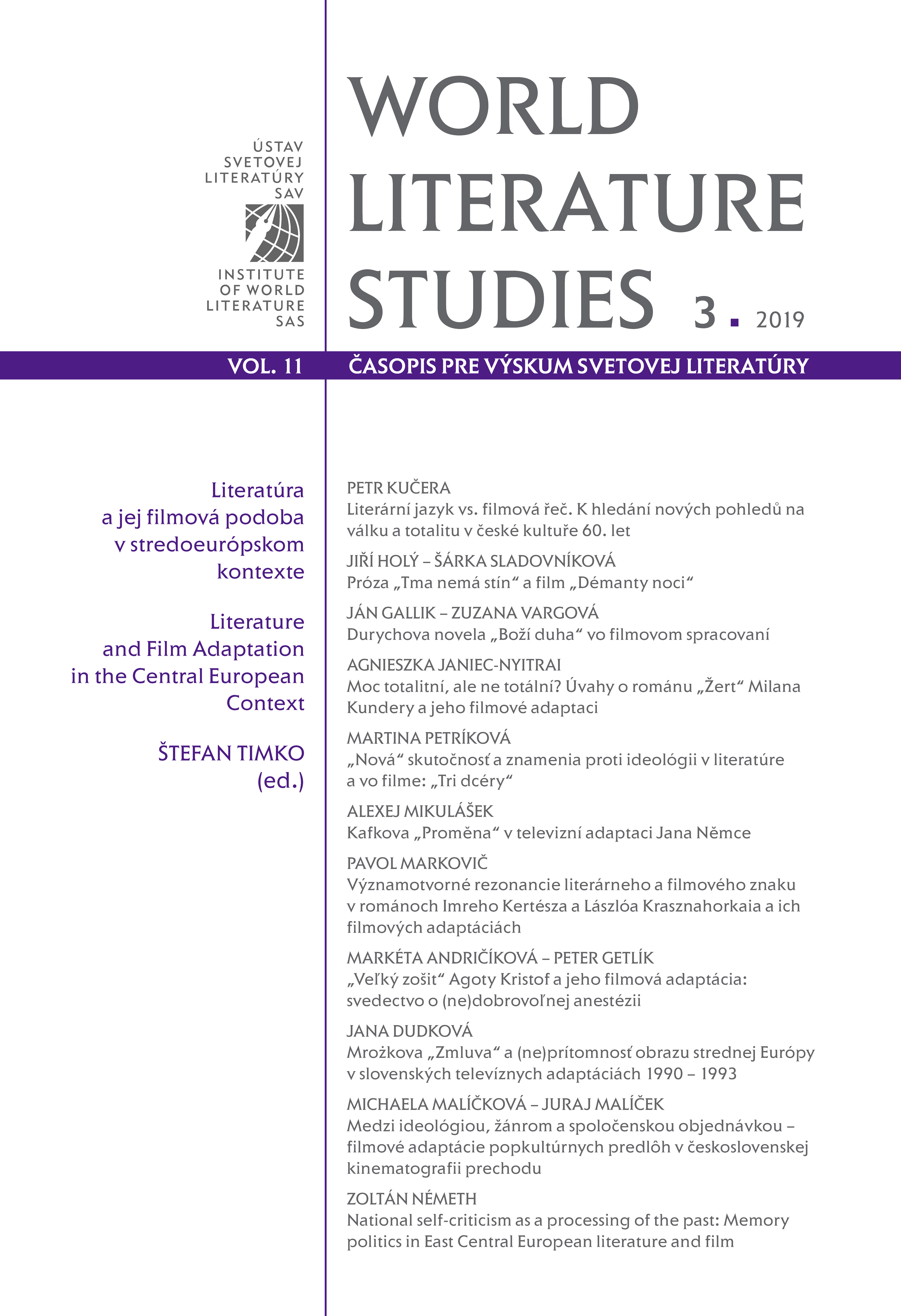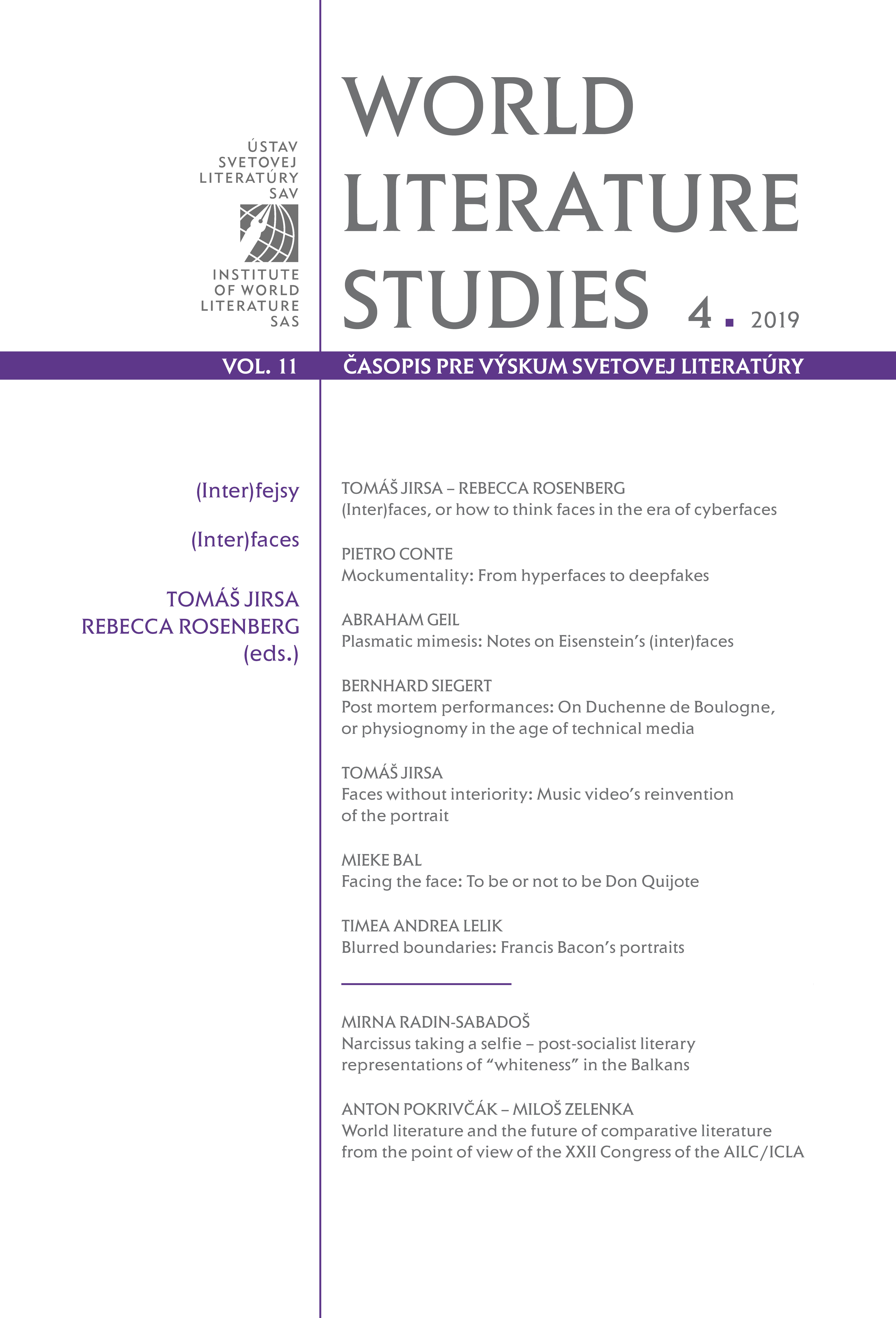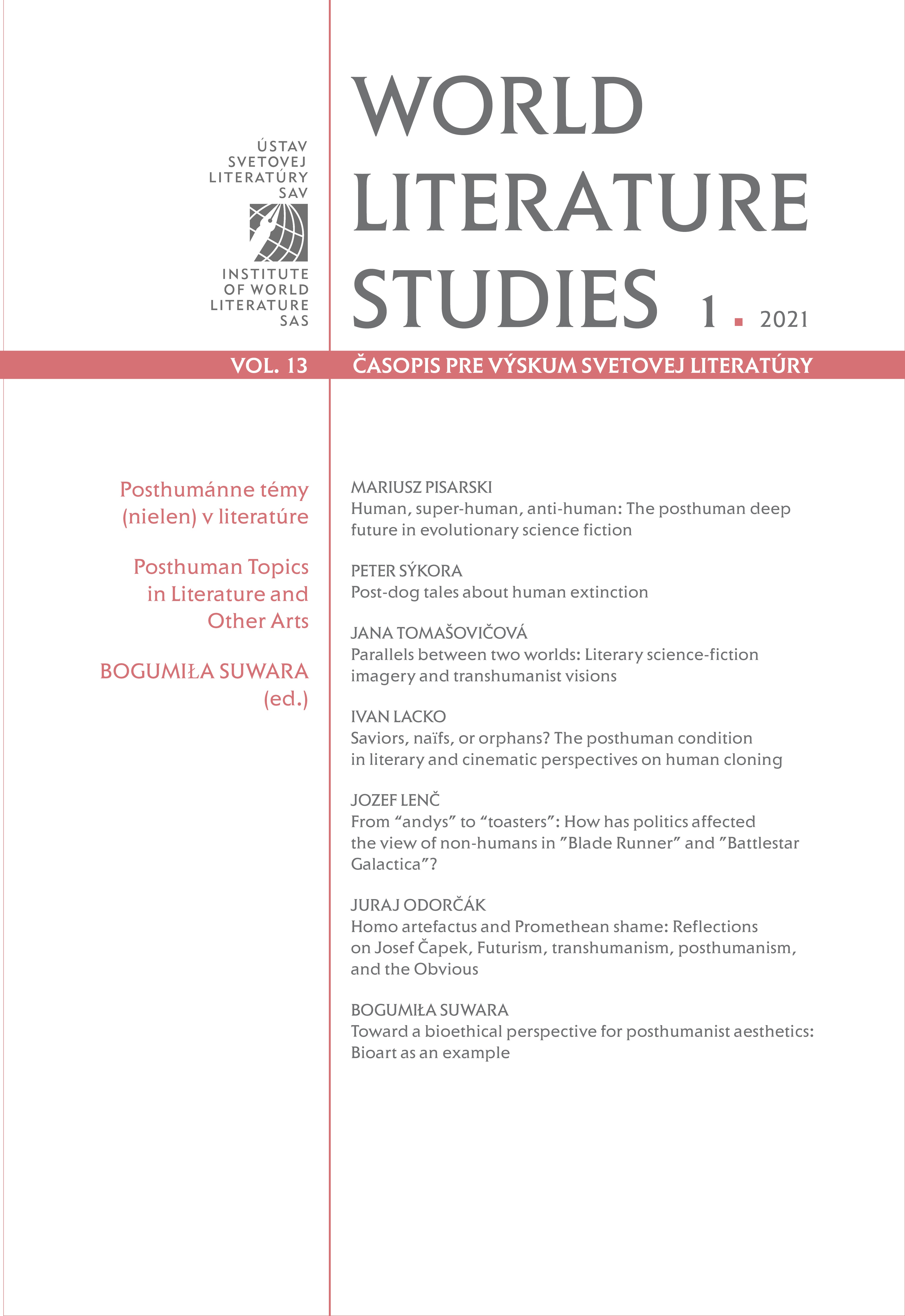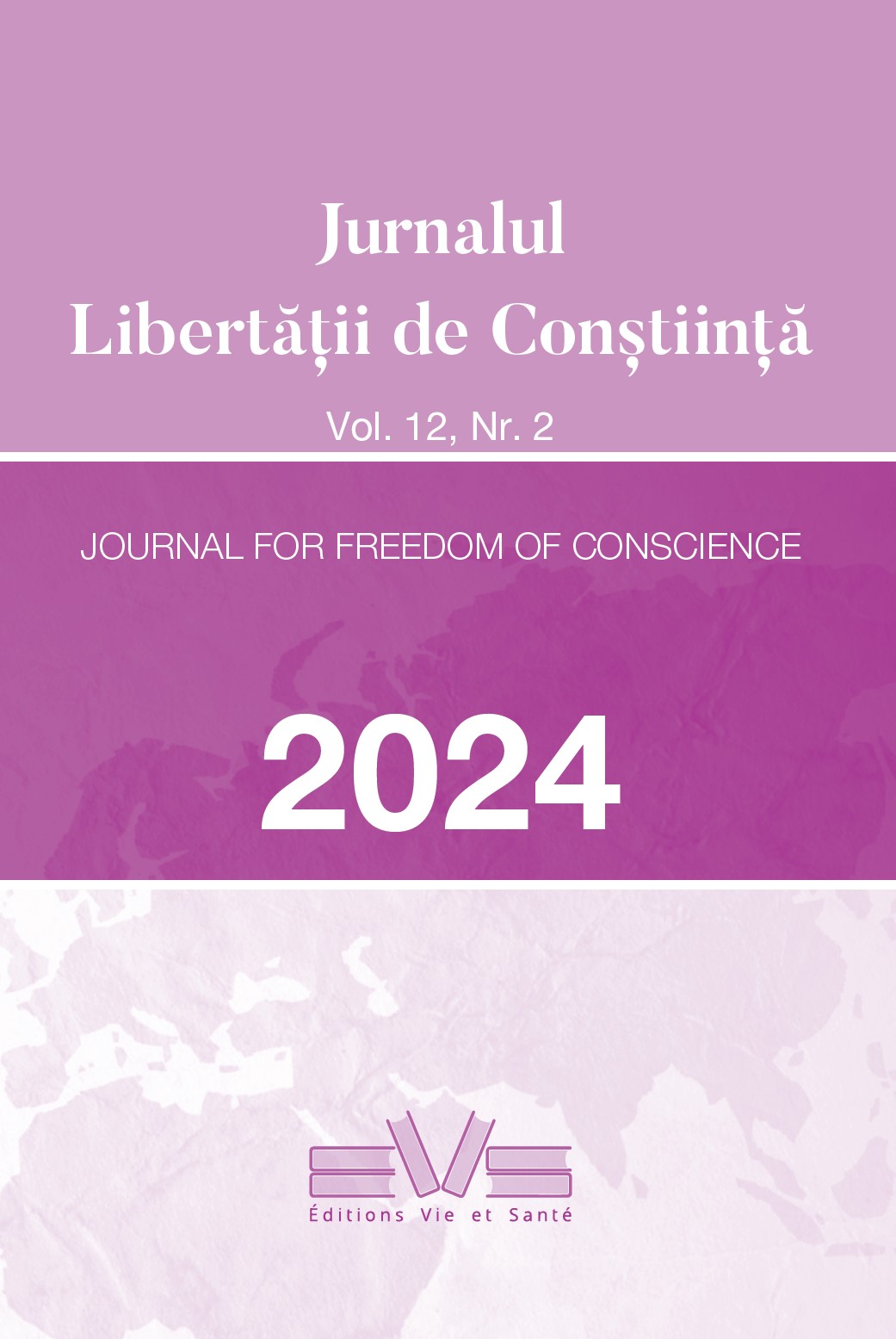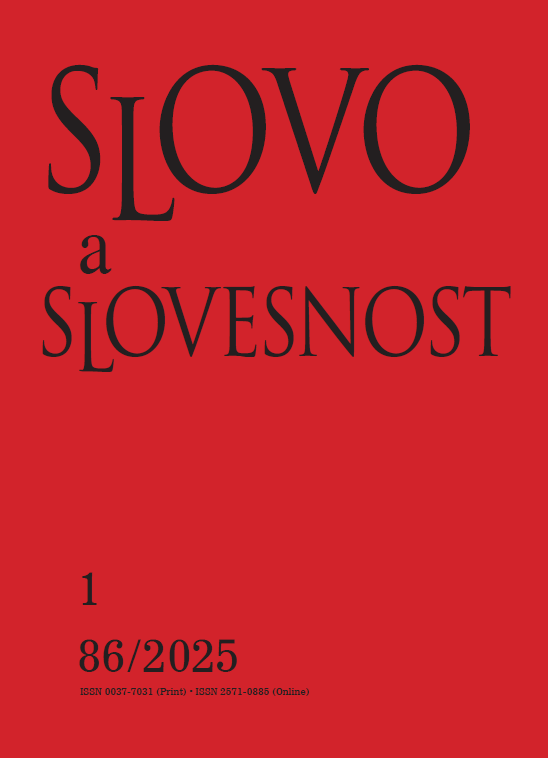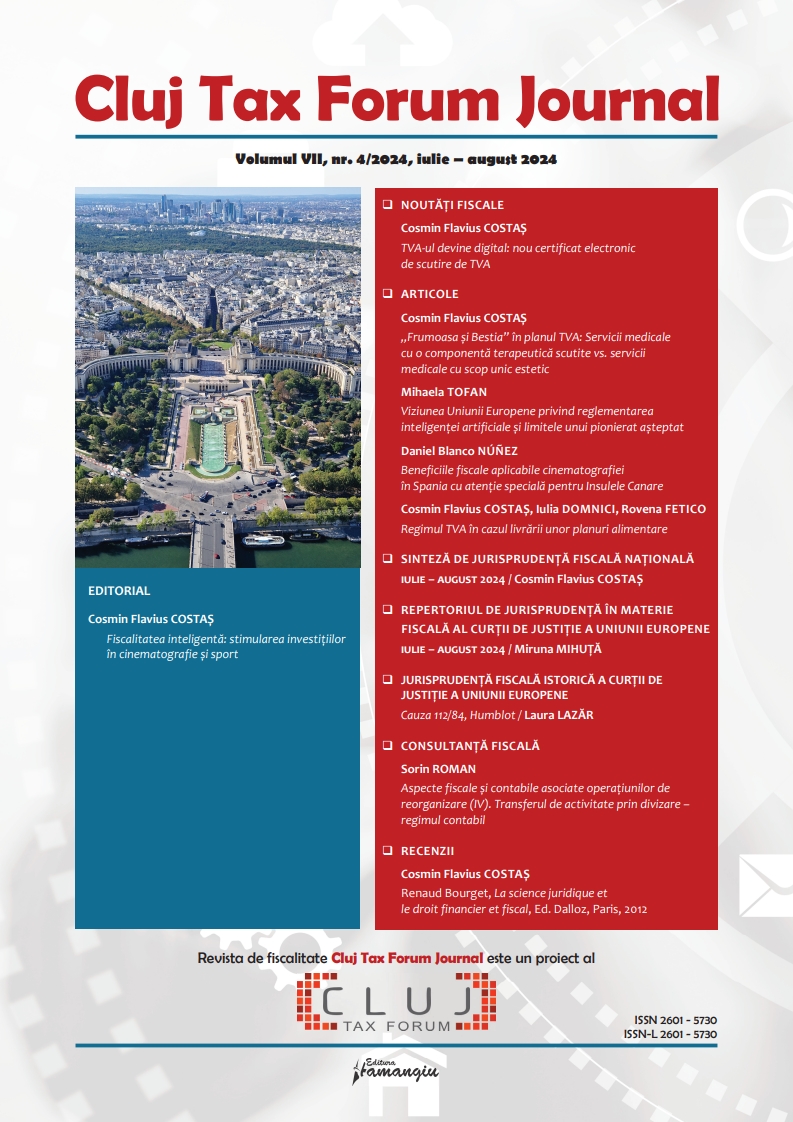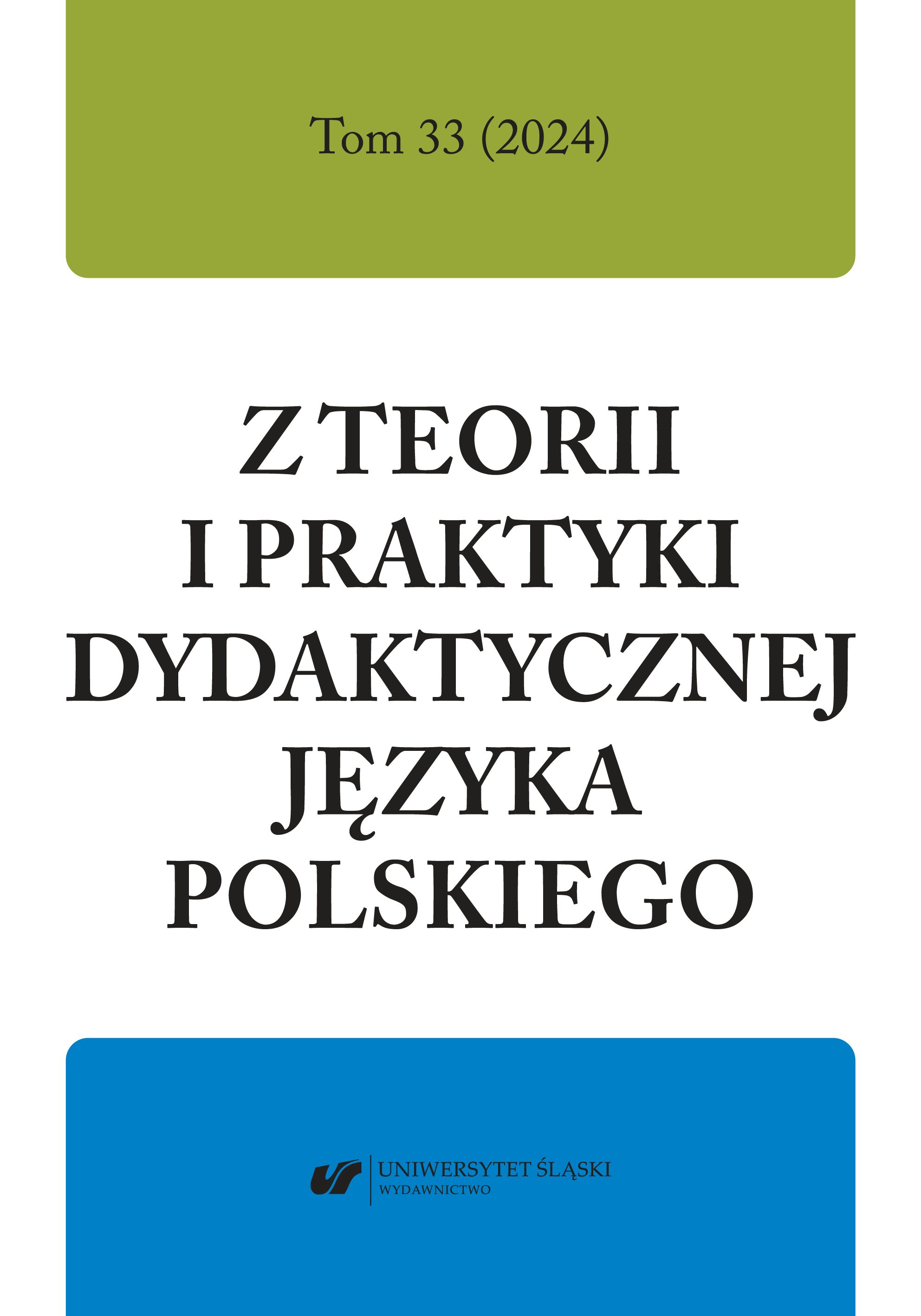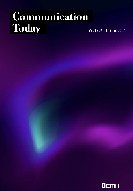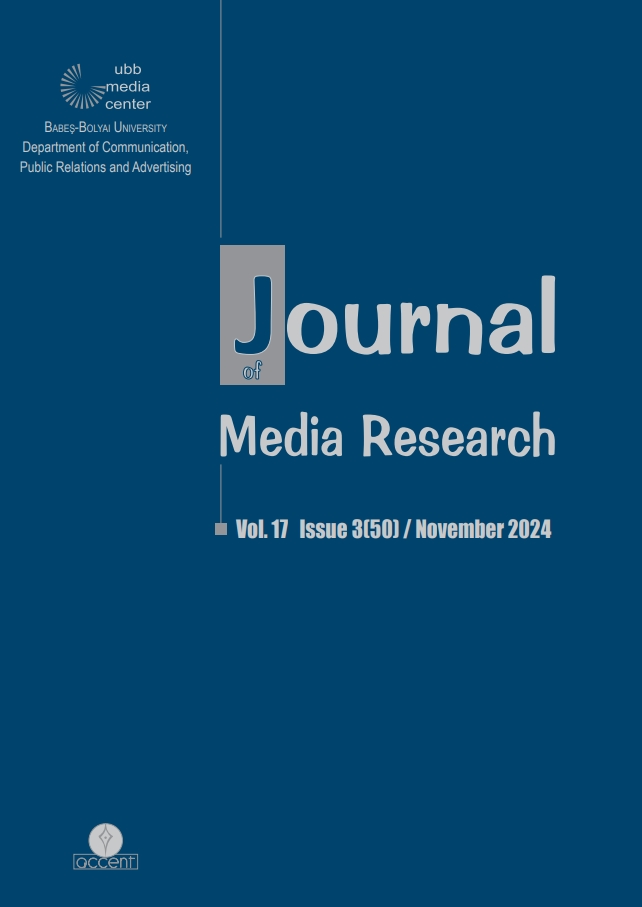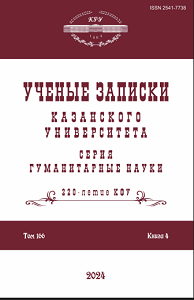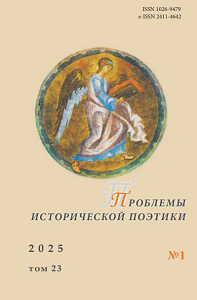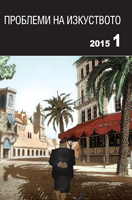
Комиксът като базов контент на трансмедийни проекти
Presently, new technologies and new modes of using information make the interest of the audiences ever more volatile and passing. Attracting and maintaining their interest necessitates new methods of creating content in new media formats, transmedia storytelling. Comics are media using two semantic systems and a succession of representations, which makes them quite filmable. Seriality is typical of comics and for this reason some of the most successful transmedia projects venture to transform comic scripts into multi-platform scripts in development. The paper analyses the potential of comics as a basic content of transmedia projects seeking to define the position of comics within the new media reality, their role of a basic content and their function of a multi-platform script in development. The study deals with the successful comic scripts that have become successful transmedia projects, using the example of the film universe of marvel. It’s in fact a series of movies about superheroes, comics and shows, based on characters and subjects of marvel’s comics. Various media formats merge and succeed each other in transmedia storytelling, incorporating new types of media on the way. That is diversifying storylines rather than media. Still, this diversification is not final, alternating with mergence of storylines in a single story: departure from the original script is not typical of transmedia.
More...
